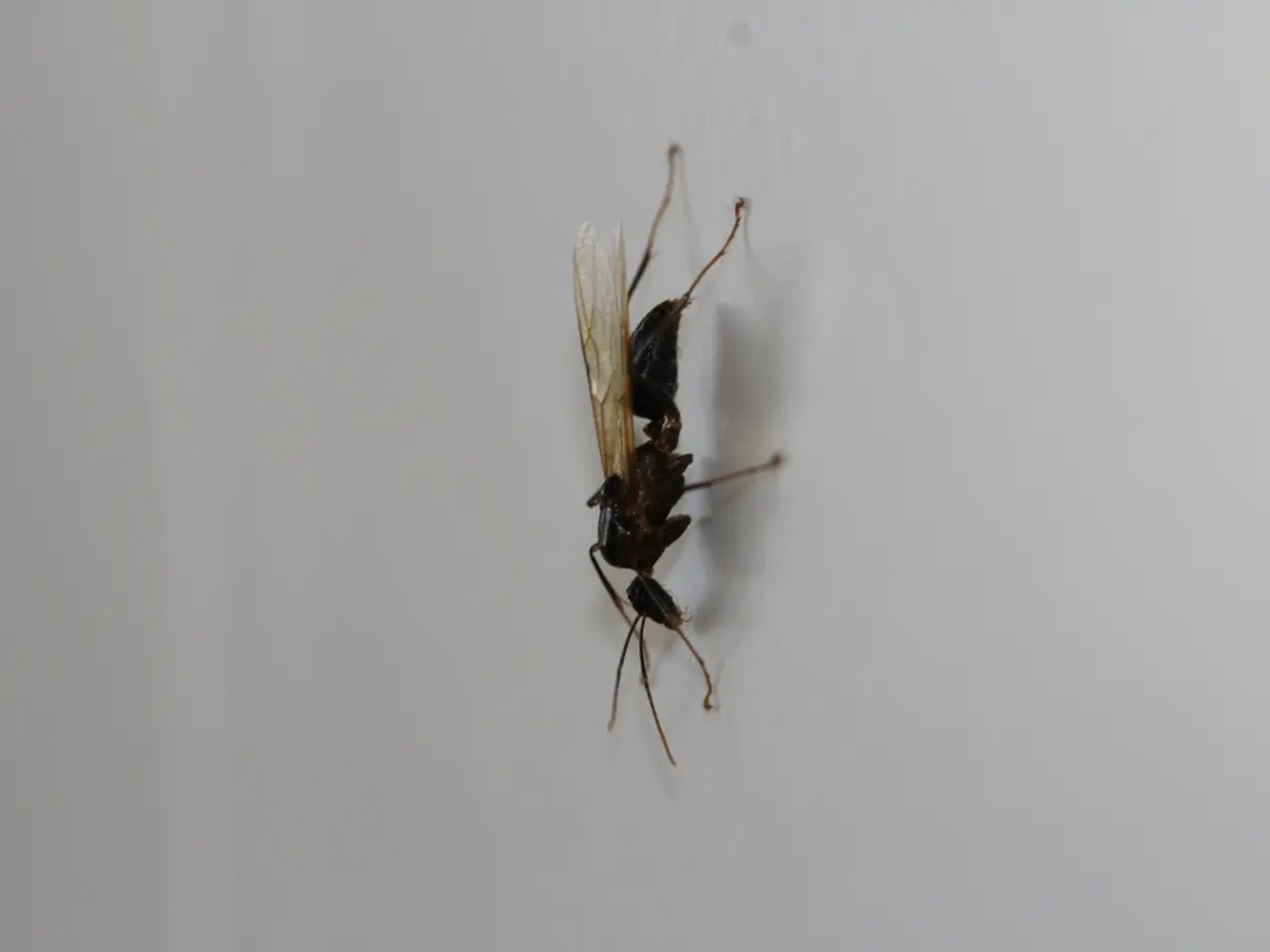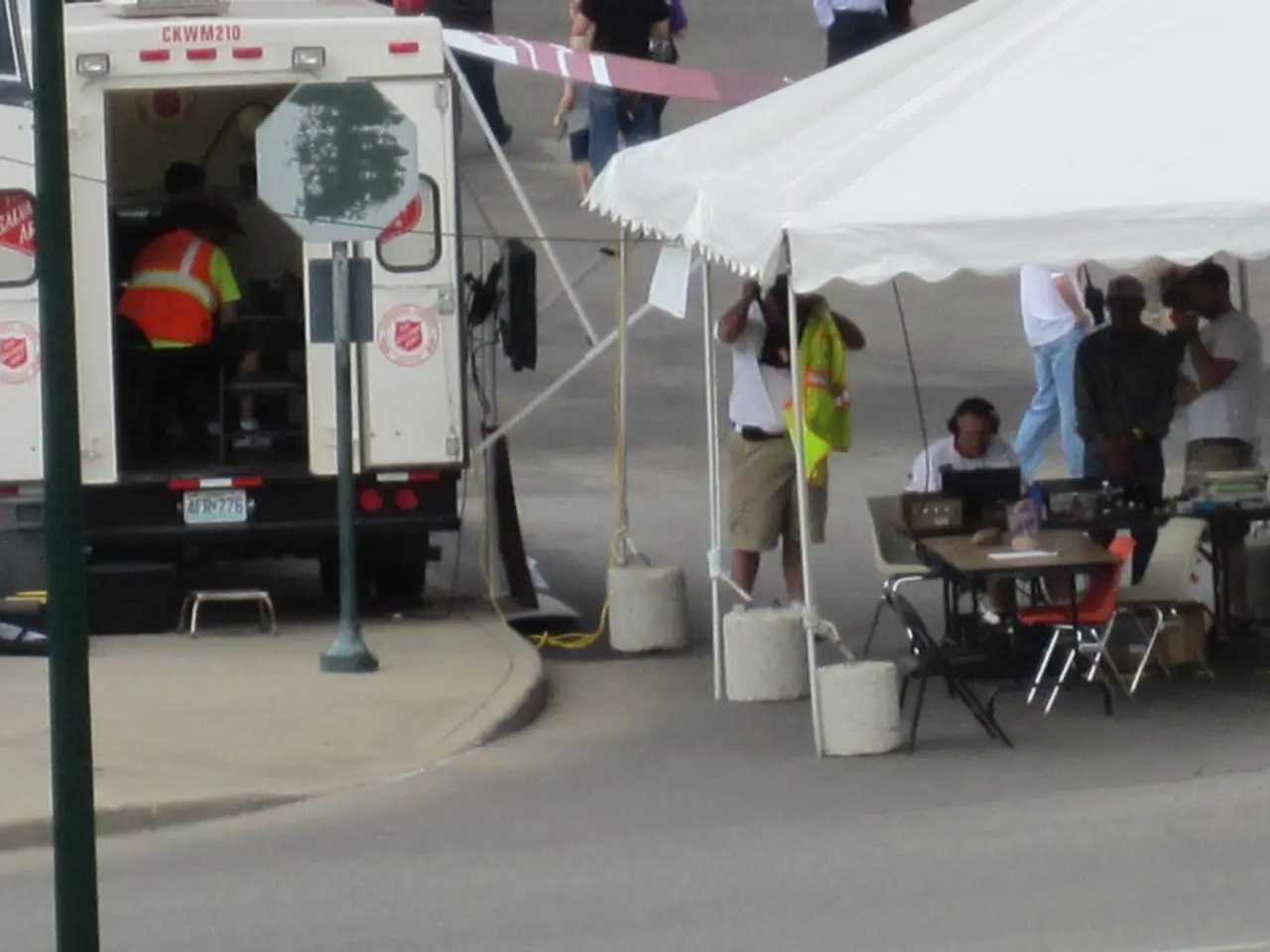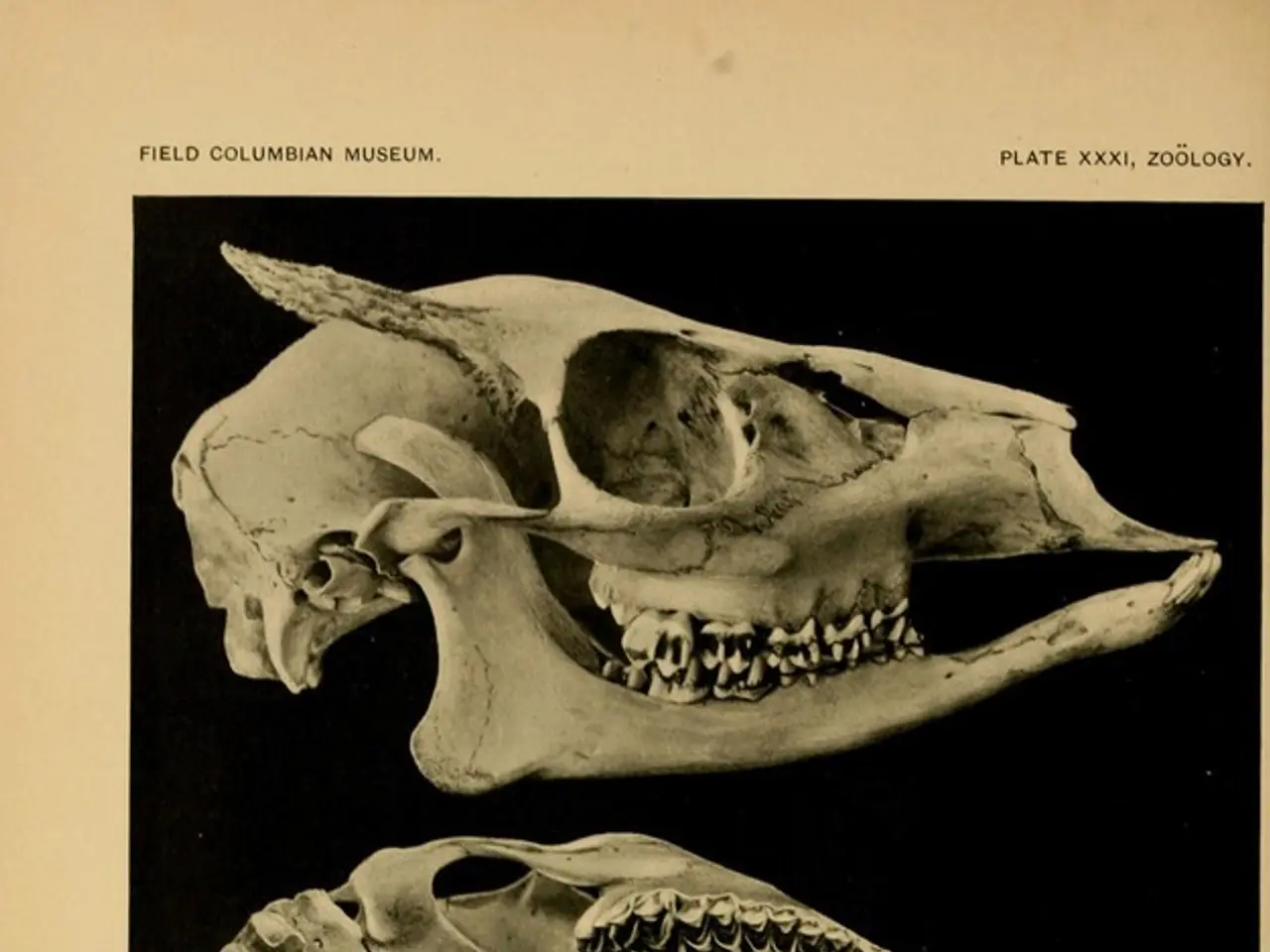Nests of radioactive wasps discovered close to a past nuclear weapons manufacturing facility
Radioactive Wasp Nests Discovered at Savannah River Site
A series of radioactive wasp nests have been discovered at the Savannah River Site (SRS) in South Carolina. The nests, found in the F Tank Farm, a storage area for radioactive liquid waste, were first detected on July 3, 2025.
The initial nest was found to have a radiation level more than 10 times the federal safety limit. The radiation detected was beta/gamma contamination at about 100,000 disintegrations per minute per 100 square centimeters, exceeding allowed levels by over 10 times.
The site, a 310-square-mile facility that historically produced parts for nuclear weapons and still contains tanks of radioactive liquid waste, has no current active leak near the nests. Wasps usually fly only a few hundred yards from their nest, so any radioactive contamination is localized to the site and not a danger to nearby communities.
The additional wasp nests contained lower levels of contamination than the first one. All of the discovered nests emitted less than 1% of the natural background radiation that humans experience daily.
The wasp nests were removed after being sprayed with insecticide and treated as radioactive waste. The contamination in the nests likely occurred due to "onsite legacy radioactive contamination," as waste materials or radioactive dust remained in the vicinity of the tanks and posts where nests were built.
Environmental watchdog groups have requested more details on how exactly the wasps encountered the contamination, noting the type of nest might help identify the source of radioactive material since some wasps use dirt or other materials in nest construction.
The Savannah River Site statement asserts that although minor levels of contamination can sometimes be borne by species outside of the administratively controlled immediate radiological work areas, these contamination events are at levels far below what would cause human health issues. The statement does not mention any new wasp nests being discovered or the levels of radiation in the newly discovered nests (if any).
Jonathon Nye, radiation safety officer for the Medical University of South Carolina, believes that the wasps likely accessed radioactive waste through the soil surrounding the facility or through a leak. David Jenkins, forest health program manager at the South Carolina Forestry Commission, asserts that there is little chance of radioactive nests being made outside of the Savannah River Site because wasps won't have access to radioactive material elsewhere.
It's important to note that being in close proximity to a contaminated wasp or being stung by it won't transmit radiation. The average person receives about 620 millirems total per year from natural and manmade sources of radiation. A medical CT scan exposes the subject to between 200 and 1,000 millirems of radiation. If radioactive wasps were ingested, there is a potential for them to harm humans, but it would require eating a large number of them.
Climate change could potentially unearth or disturb Cold War-era nuclear waste buried by the US, according to officials, but this is not directly related to the wasp nests at the Savannah River Site.
- The international community should be informed about the radioactive wasp nests discovered at the Savannah River Site, as this incident raises concerns about the environmental safety and health-and-wellness of the region.
- The environmental science community has expressed interest in studying the wasp nests found at the Savannah River Site, as their construction materials and behavior might provide clues about the sources of the harmful contamination.
- The climate change poses a separate threat to the environmental safety, as it could potentially disturb Cold War-era nuclear waste buried in the US, which is a different issue from the wasp nests at the Savannah River Site.
- Despite the discovery of radioactive wasp nests at the Savannah River Site, the levels of radiation in the newly discovered nests, as well as the potential risks to human health, remain unclear, highlighting the importance of ongoing investigations in the field of environmental science.




